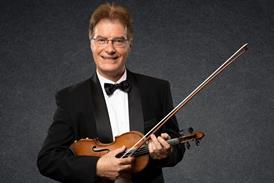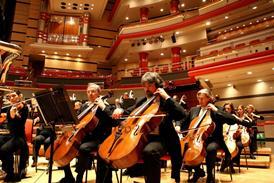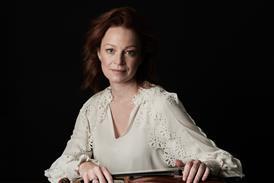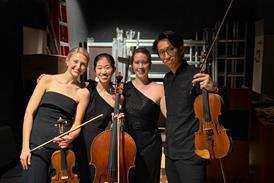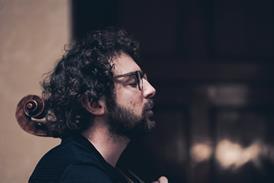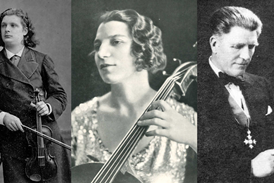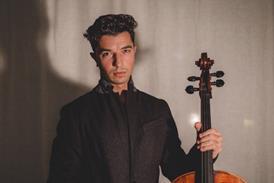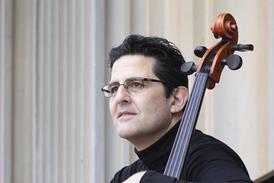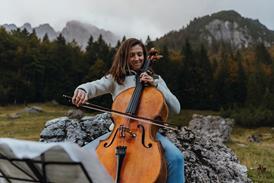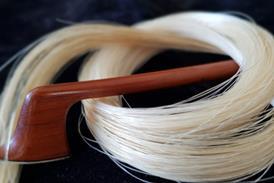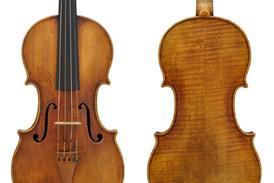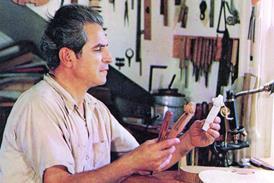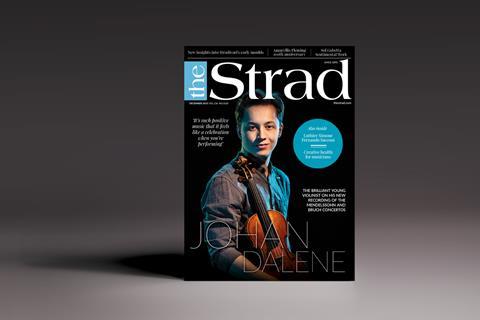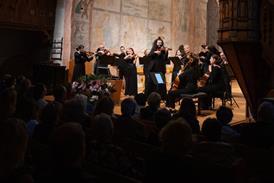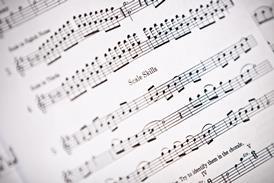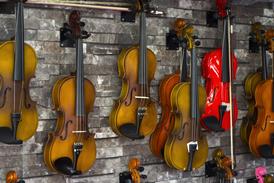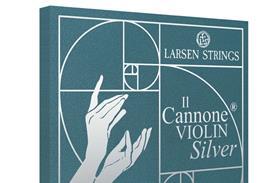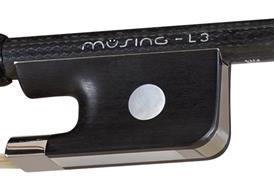- News
- For Subscribers
- Student Hub
- Playing Hub
- Directory
- Lutherie
- Magazine
- Magazine archive
- Whether you're a player, maker, teacher or enthusiast, you'll find ideas and inspiration from leading artists, teachers and luthiers in our archive which features every issue published since January 2010 - available exclusively to subscribers. View the archive.
- Jobs
- Shop
- Podcast
- Contact us
- Subscribe
- School Subscription
- Competitions
- Reviews
- Debate
- Artists
- Accessories
Opinion: Embracing diversity in string teaching

Having made the difficult journey from an unbending conservatoire education to a fulfilling career playing and teaching non-classical styles, French violinist Scott Tixier says it’s essential to embrace diversity in music education
When I started music lessons at the conservatoire, I was barely four years old. A year later, I received my first violin. I grew up in France in the 1990s, when music education was nearly free, with only a modest annual fee of 50 euros. But education in those days was ‘serious’. Classical music, or what some called ‘sacred music’, was no joke. Everything else, apparently, was lesser or even ‘garbage’, according to one of my violin teachers…
Already subscribed? Please sign in
Continue reading this article and explore hundreds more…

